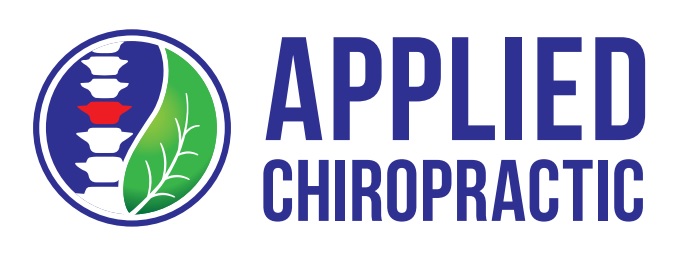Below we have answered some of the frequently asked questions (FAQs) about chiropractic & naturopathic care. If you have any additional questions, let us know.
What Are Our Methods of Treatment?
Chiropractic: I practice ‘functional neurology’. As chiropractors, specializing in Applied Kinesiology, we are able to combine mainstream treatment methods with alternative forms, which enables us to determine the source of our patients condition at a much faster rate. Our diagnostic and corrective techniques involve chiropractic, muscle balancing, acupressure, nutritional support, cranio-sacral technique and Neuro-Impulse protocol.
Naturopathy: I use a functional wellness approach. I use a web-like approach in assessing possible imbalances in the body. We are looking at the connections there are between the various parts of the body and the influence they have on each other. I utilise physical examination techniques, as well as general observation techniques alongside case taking.
Why me?
Chiropractic:I am very passionate about helping people achieve optimal wellness. I have worked for 10 years in a busy multidisciplinary clinic in South Africa and 5 years here in Australia. I am continually advancing my knowledge in more fields and I am always in quest to find better ways in which to help my patients become more robust in their lives.
Naturopathic: I am a thorough investigator who involves you in the journey to better health. I aim to educate you about your health behaviours and choices, giving the control to you.
What is Applied Kinesiology?
Functional Neurology. Chiropractic is based on the understanding and manipulation of an individual’s neurology. Applied Kinesiology is used in the diagnostic and treatment phase to help accurately and efficiently correct the source of their pain.
Functional assessment measures are used in posture, gait analysis, manual muscle testing, range of motion, static palpation and motion analysis. These measures used along with standard methods of clinical history, physical exam findings, and orthopaedic testing help to develop a clinical impression of the unique physiological condition of each patient. All of these measures are used to make an impression of the patient’s functional physiological status. This can then be used as a guide to the application of conservative therapies.
What is Muscle Testing?
Muscle testing is used as a primary feedback mechanism to examine how a patient’s body is functioning. When properly applied, the outcome will determine the best form of therapy for the patient.
When a muscle tests weak, the doctor must then determine why it is not functioning properly. The therapy that will best eliminate the weakness and help the patient is then performed by the doctor.
What are the possible causes of a weak muscle?
Often the indication of dysfunction is the failure of a muscle to perform properly during the manual muscle test. This may be due to improper facilitation or neuromuscular inhibition. In theory some of the proposed etiologies for the muscle dysfunction are as follows:
- Myofascial or proprioceptive dysfunctions and micro avulsions
- Peripheral nerve entrapment
- Spinal segmental facilitation and deafferentation
- Neurologic disorganization
- Viscerosomatic relationships (aberrant autonomic reflexes)
- Nutritional inadequacy
- Toxic chemical influences
- Dysfunction in production or circulation of cerebrospinal fluid
- Adverse mechanical tension in the meningeal membranes
What Are Our Therapeutic Goals?
- Reduce pain
- To restore a patient’s postural balance, correct gait impairment, and improve range of motion.
- To restore proper neurological control and/or organization of body function.
- To achieve homeostasis of endocrine, immune, digestive, and other visceral functions.
- To intervene earlier in degenerative processes to prevent or delay the onset of chronic disease.
Ultimately, to work with my patients, to help prevent premature biological aging by working to maintain their functional capabilities, and reduce the cumulative effects of day to day stresses on their body.
